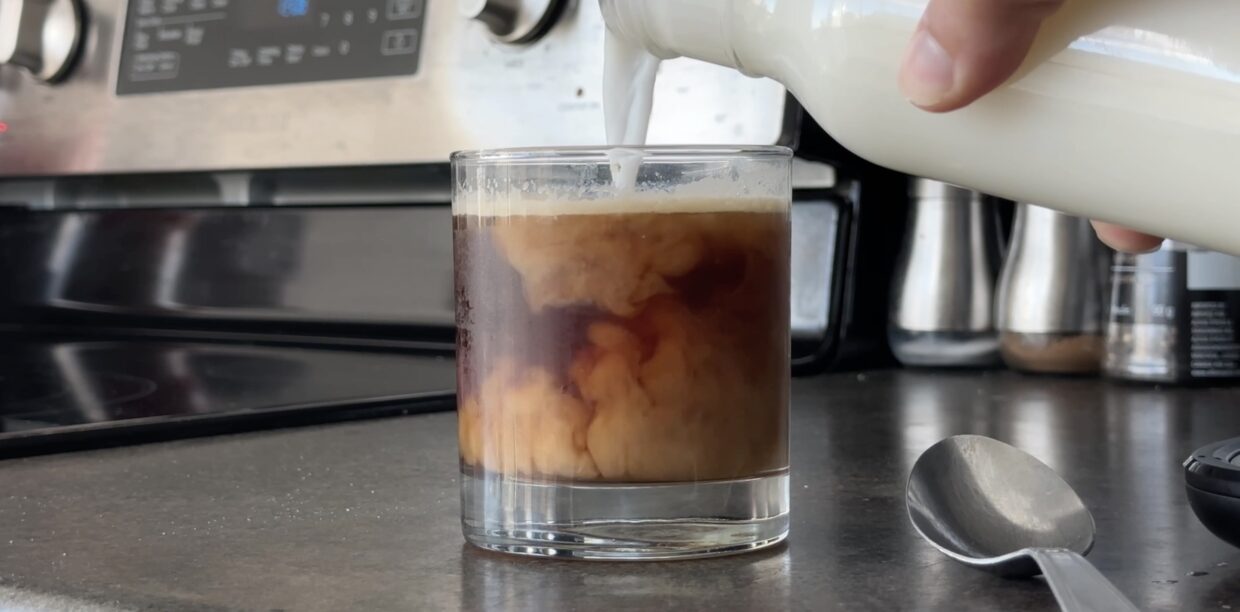In order to prepare a video related to a learning process, I decided to illustrate the procedure of brewing a glass of ice coffee using a coffee maker.
Before I started filming, I was able to identify each of the steps with respect to brewing a coffee with the help of a storyboard. I could easily choose the composition as well as the framing in advance, seeing how each photo would appear on the screen. This made it easier for me to make sure that I would precisely convey each stage of the coffee-brewing process. I was able to determine the props, tools, as well as camera angles that I required before filming. This further helped me to efficiently set up the glass, coffee maker and other needed components. This helped me in cutting down on the amount of time that I had to spend setting up during the actual shoot.
Storyboard

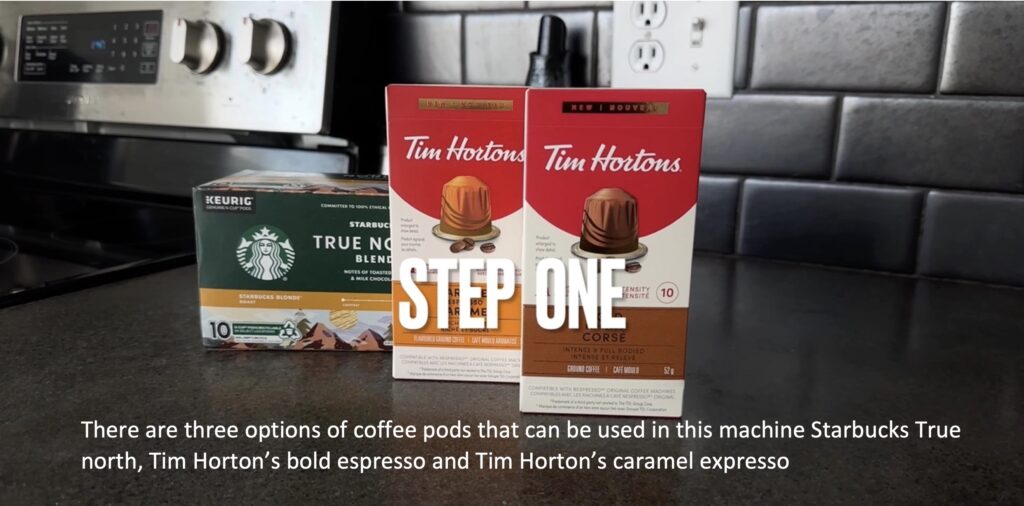
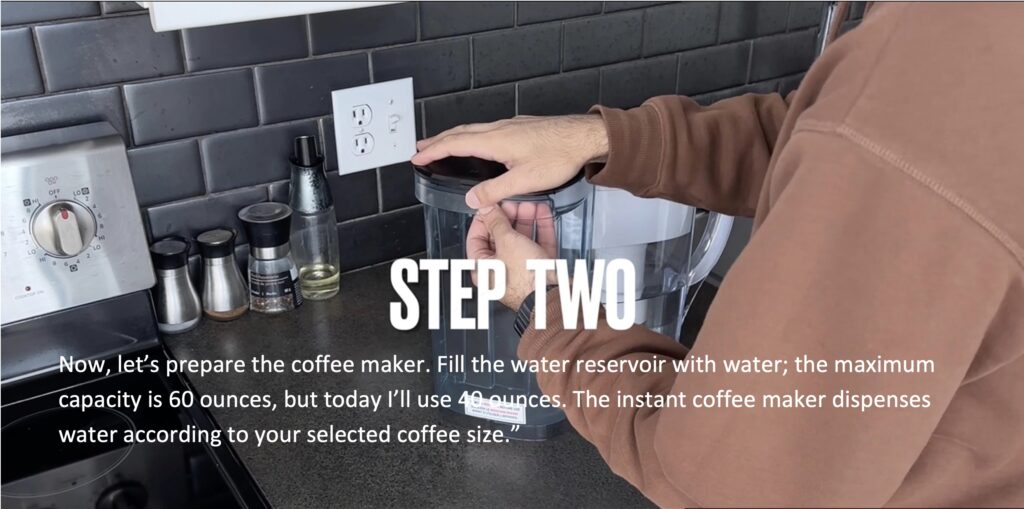

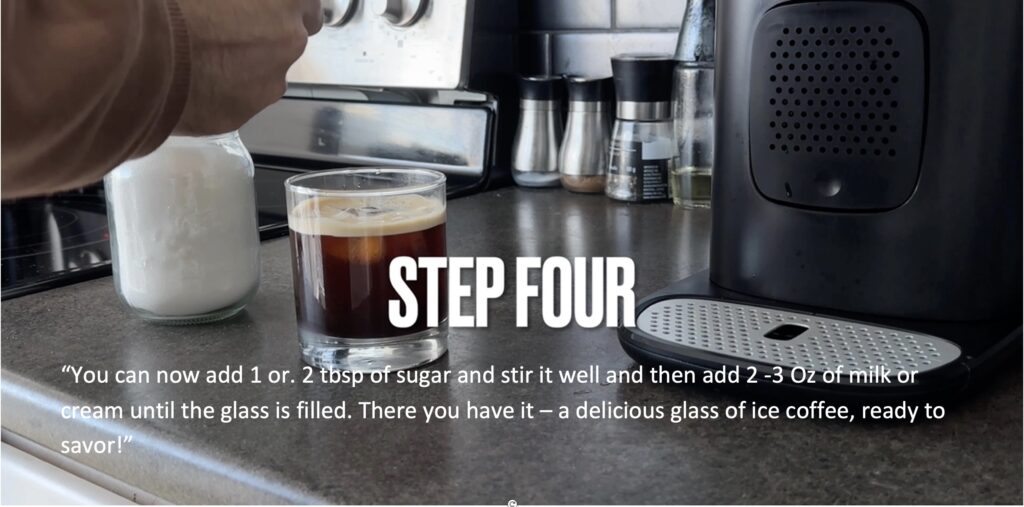
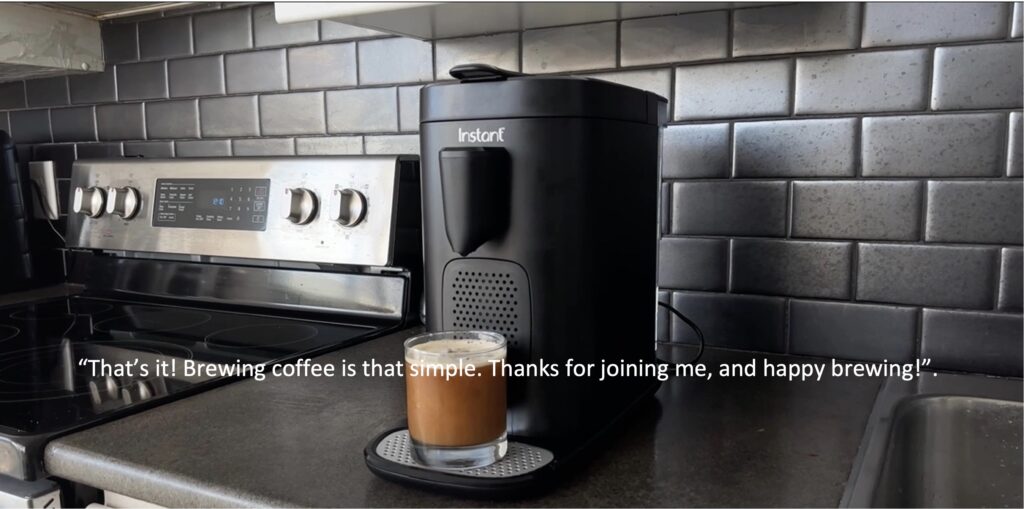
In my storyboard I provides a detailed breakdown of the iced coffee preparation process in a steps format. My goal was to include all the necessary information. By carefully planning out each step of making iced coffee in this storyboard, I aimed to ensure a thorough and complete guide, preventing any essential details from being overlooked.
The script is as follows:
Scene 1:
Hello coffee Lovers! Today I’m going to show you how to brew in a perfect glass of coffee using instant coffee maker there are four easy steps which we need to follow to make a perfect ice coffee.
Scene 2:
First, gather your supplies.
There are three options of coffee pods that can be used in this machine Starbucks True north Tim Horton’s bold espresso Tim Horton’s caramel expresso
Take a glass of 6 OZ
4-5 ice cubes
1 Tbps of sugar
One cup of whole Milk
And don’t forget the water for the coffee maker reservoir.
Scene 3:
Now, let’s prepare the coffee maker. Fill the water reservoir with water; the maximum capacity is 60 ounces, but today I’ll use 40 ounces. The instant coffee maker dispenses water according to your selected coffee size.”
Scene 4:
“Place the coffee pod in the espresso section, close the lid, and turn on the machine. Wait patiently as it heats up the water. When the machine is ready, the buttons on the top for selecting coffee size will illuminate. Choose your desired coffee strength, and the coffee will flow into the glass over ice.”
Scene 5:
“You can now add 1 or. 2 tbsp of sugar and stir it well and then add 2 -3 Oz of milk or cream until the glass is filled. There you have it – a delicious glass of ice coffee, ready to savor!”
“That’s it! Brewing coffee is that simple. Thanks for joining me, and happy brewing!”.
I shot and edited the below video using my phone. I used the application of ShortCut to edit my video.
Reflection Questions on Video
- What is the learning purpose of your video?
The aim of my video was to help the viewer learn about the steps involved in brewing a perfect glass of ice coffee using a coffee machine. I believe that it is an extremely relevant subject with respect to today’s hectic schedules of people across the world and will help them learn the simple steps to brew a glass of ice coffee.
2. Which of the principles we’ve covered this term (e.g., Mayer/Universal Design for Learning/Cognitive Load Theory) did you incorporate into your design and why?
I applied Mayer’s principles in order to create an effective learning video. I mainly concentrated upon the Modality as well as the Coherence Principles, while making the instructional video. With respect to Modality principle, I narrated the procedures in the conversational tone while demonstrating the process of brewing on the screen as I knew that viewers will be able to retain the content better with a combination of audio explanations and the captivating pictures rather than just text-based instructions. Keeping in mind the Coherence Principle, I tried to ensure that every scene, from measuring the coffee to the last pour, was extremely clear as well as focused only on the process of brewing (Mayer et al., 2020).
3. What was challenging about capturing your own video?
It was challenging for me to develop an engaging script for the audience. I found it hard to relate the subject with the emptions of my intended audience.
4. What did you find easiest?
It was easy to choose the subject of discussion as well as deal with the technical aspects of the video making process.
5. How would you approach capturing video differently next time?
In order to overcome the challenges with respect to making an effective and engaging script for my future audience, I would go through various other storyboards that are published online, with respect to different subjects of discussion. This will help me in understanding the basic requirements of an appealing script.
